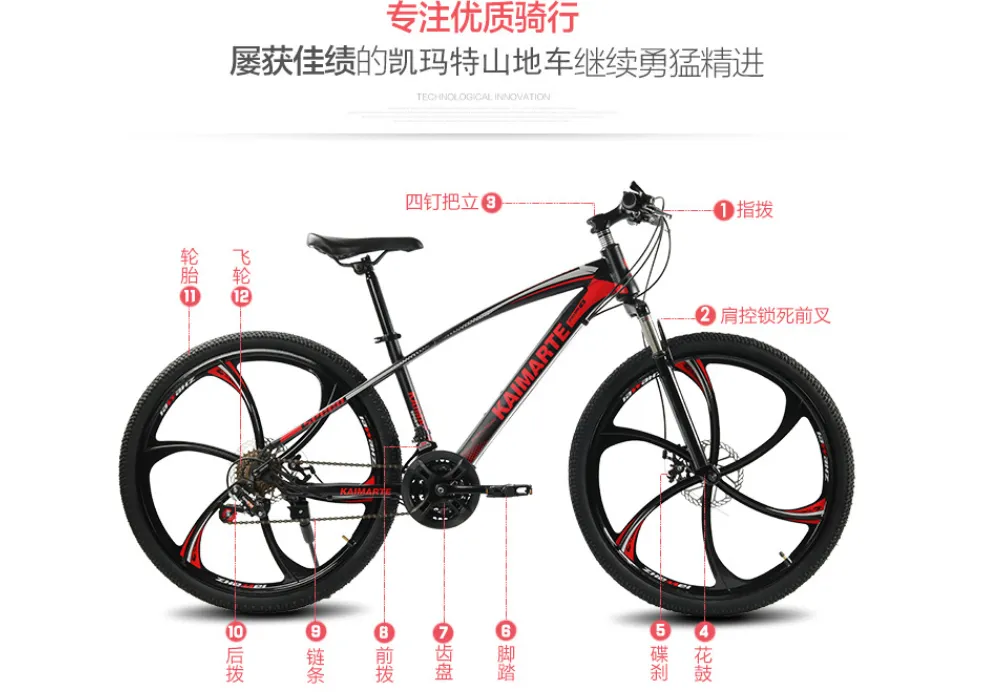
- Afrikaans
- Albanian
- Amharic
- Arabic
- Armenian
- Azerbaijani
- Basque
- Belarusian
- Bengali
- Bosnian
- Bulgarian
- Catalan
- Cebuano
- Corsican
- Croatian
- Czech
- Danish
- Dutch
- English
- Esperanto
- Estonian
- Finnish
- French
- Frisian
- Galician
- Georgian
- German
- Greek
- Gujarati
- Haitian Creole
- hausa
- hawaiian
- Hebrew
- Hindi
- Miao
- Hungarian
- Icelandic
- igbo
- Indonesian
- irish
- Italian
- Japanese
- Javanese
- Kannada
- kazakh
- Khmer
- Rwandese
- Korean
- Kurdish
- Kyrgyz
- Lao
- Latin
- Latvian
- Lithuanian
- Luxembourgish
- Macedonian
- Malgashi
- Malay
- Malayalam
- Maltese
- Maori
- Marathi
- Mongolian
- Myanmar
- Nepali
- Norwegian
- Norwegian
- Occitan
- Pashto
- Persian
- Polish
- Portuguese
- Punjabi
- Romanian
- Russian
- Samoan
- Scottish Gaelic
- Serbian
- Sesotho
- Shona
- Sindhi
- Sinhala
- Slovak
- Slovenian
- Somali
- Spanish
- Sundanese
- Swahili
- Swedish
- Tagalog
- Tajik
- Tamil
- Tatar
- Telugu
- Thai
- Turkish
- Turkmen
- Ukrainian
- Urdu
- Uighur
- Uzbek
- Vietnamese
- Welsh
- Bantu
- Yiddish
- Yoruba
- Zulu
Nov . 23, 2024 22:22 Back to list
electric bike 50 mph
The Rise of Electric Bikes Achieving 50 MPH
The world of transportation is undergoing a significant transformation, fueled by the rapid advancements in technology and a growing awareness of environmental issues. Among these innovations, electric bikes (e-bikes) have emerged as a popular alternative to traditional bicycles and motor vehicles. One of the most intriguing developments in this domain is the emergence of high-speed electric bikes that can reach speeds of up to 50 miles per hour (MPH). This article delves into the features, benefits, and implications of this speed revolution in the e-bike industry.
Speed and Performance
Electric bikes capable of reaching 50 MPH are equipped with powerful motors, often rated at 3000 watts or more, and high-capacity batteries that can maintain performance over extended distances. These e-bikes typically feature advanced engineering, including aerodynamic designs that reduce drag and improve efficiency. The combination of quality components and cutting-edge technology allows riders to experience the thrill of speed while enjoying the convenience of electric propulsion.
Reaching such high speeds opens up new possibilities for commuting and recreational riding. For instance, a trip that would normally take 30 minutes on a conventional bike may be completed in just 10-15 minutes on a high-speed electric bike. This capability not only saves time but also makes e-bikes an attractive option for urban commuters who are looking to dodge traffic congestion and arrive at their destinations quickly.
Environmental Impact
One of the most significant advantages of electric bikes, especially high-speed models, is their potential to reduce carbon emissions. Unlike cars and motorcycles, e-bikes produce zero tailpipe emissions, contributing to cleaner air and a healthier environment. As cities become increasingly congested and polluted, the adoption of e-bikes can play a crucial role in promoting sustainable transportation.
Moreover, e-bikes are energy-efficient. A typical electric bike consumes about 0.5 to 1.5 kilowatt-hours per 100 kilometers, significantly less than most electric cars. This efficiency translates to lower energy costs for the rider and a reduced environmental footprint. As more people turn to high-speed e-bikes for daily transportation, the collective impact on urban air quality and greenhouse gas emissions could be substantial.
electric bike 50 mph

Safety Considerations
While the allure of 50 MPH e-bikes is undeniable, safety remains a top priority. Riding at such speeds requires adequate protective gear, including helmets and protective clothing, to minimize the risk of injury in the event of an accident. Additionally, high-speed e-bikes may necessitate better braking systems and tire quality to ensure safe stopping distances.
Governments and regulatory bodies are also grappling with the implications of these fast e-bikes. Some countries have introduced specific regulations governing the speed and power of electric bikes to ensure they are safe for road use. Riders must familiarize themselves with local laws, which can vary significantly from one region to another.
The Future of E-Bikes
The future of electric biking, especially for high-speed models, looks promising. Innovations in battery technology, such as solid-state batteries, might allow for even greater performance and range. As manufacturers continue to improve efficiency and reduce production costs, we may see high-speed e-bikes become more accessible to the general public.
Public acceptance and infrastructure improvements are also vital for the growth of the e-bike market. As cities adapt to accommodate more cyclists, including the high-speed variant, infrastructure such as dedicated bike lanes and charging stations will enhance the overall riding experience. Additionally, educational campaigns on e-bike safety and regulations will encourage more people to take up cycling as a viable transportation option.
Conclusion
In conclusion, the rise of electric bikes capable of reaching speeds of 50 MPH marks an exciting chapter in the evolution of alternative transportation. These high-speed e-bikes offer numerous benefits, including time savings, environmental advantages, and improved commuting experiences. However, to harness these benefits safely, it is essential to prioritize rider safety, adhere to regulations, and invest in appropriate infrastructure. As the world shifts towards sustainable, efficient modes of transport, high-speed electric bikes undoubtedly play a significant role in shaping the future of urban mobility.
-
The Ultimate Kids' Four-Wheeler Experience
NewsJul.09,2025
-
The Ultimate Guide to Mountain Bikes: Gear Up for Your Ride
NewsJul.09,2025
-
The New Age of Cycling: Electric Bikes for Every Rider
NewsJul.09,2025
-
The Best Kids Bicycles: Ride in Style and Safety
NewsJul.09,2025
-
The Best 3-Wheel Scooters for Kids: Fun, Safety, and Adventure
NewsJul.09,2025
-
Revolutionize Your Ride: Affordable Electric Bikes
NewsJul.09,2025
-
Finding the Perfect Mountain Bike for Every Rider
NewsJul.09,2025



